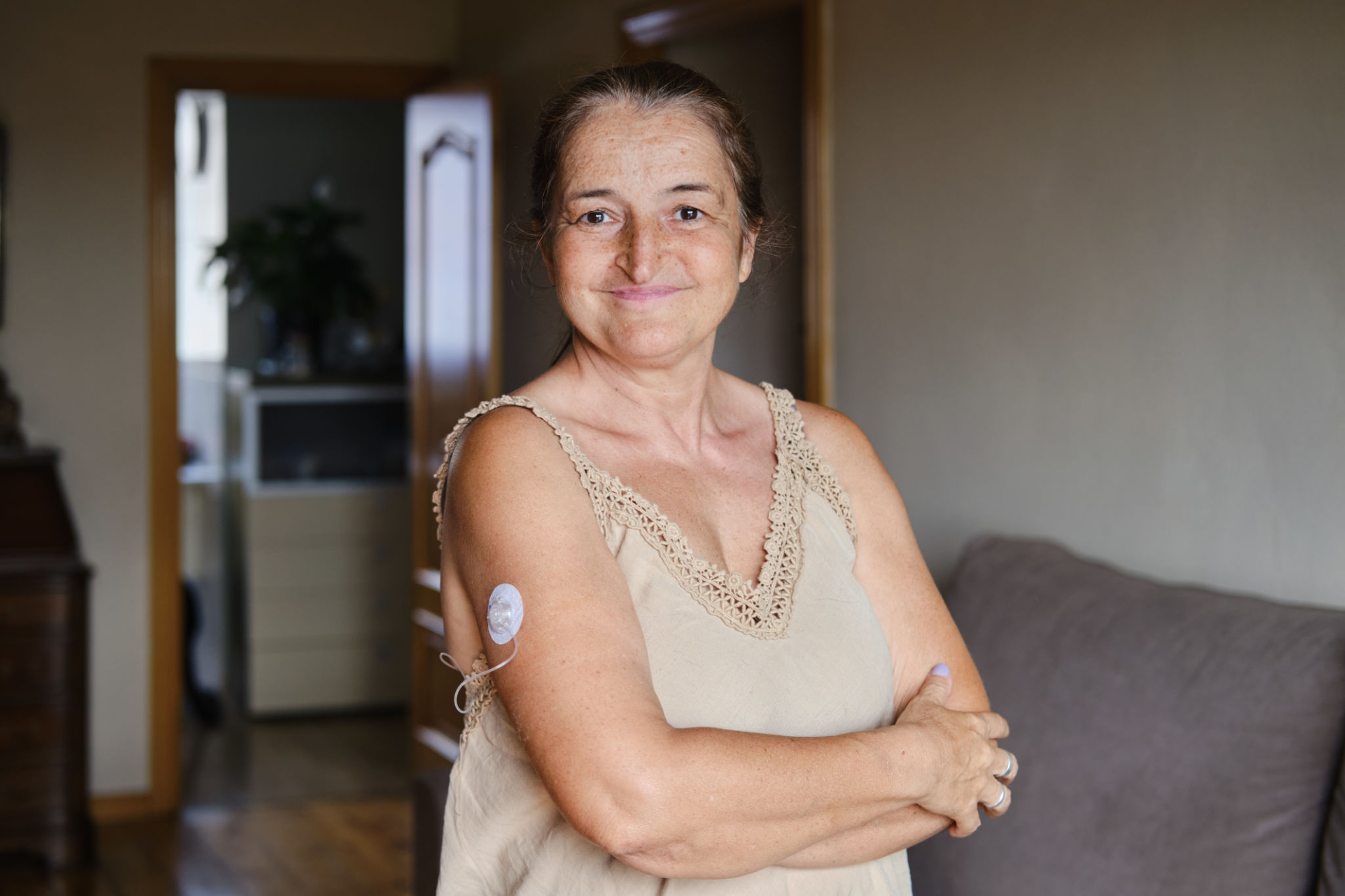Comparing Glucose Monitoring Devices: What You Need to Know Before Buying
Understanding Glucose Monitoring Devices
For those managing diabetes, glucose monitoring devices are an essential tool for maintaining healthy blood sugar levels. However, with a variety of options available, choosing the right device can be overwhelming. From traditional glucometers to advanced continuous glucose monitors (CGMs), understanding the differences is crucial for making an informed decision.

Types of Glucose Monitoring Devices
There are primarily two types of glucose monitoring devices: glucometers and continuous glucose monitors (CGMs). Glucometers require a small blood sample, usually obtained by pricking the finger, to measure glucose levels. On the other hand, CGMs use a sensor inserted under the skin to monitor glucose levels continuously throughout the day and night.
Glucometers are generally more affordable and widely available, making them suitable for individuals who require occasional monitoring. In contrast, CGMs offer real-time data and alerts for hypo- or hyperglycemia, making them ideal for those needing more intensive monitoring.
Key Features to Consider
When selecting a glucose monitoring device, consider the following key features:
- Accuracy: Ensure the device provides reliable readings, as accurate data is crucial for effective diabetes management.
- Ease of Use: Look for devices that are user-friendly, especially if you have dexterity issues or visual impairments.
- Data Management: Some devices offer data storage and connectivity to smartphones or computers, allowing for easier tracking and sharing of information with healthcare providers.

Cost and Insurance Coverage
The cost of glucose monitoring devices can vary significantly. Traditional glucometers are usually less expensive upfront but may incur recurring costs for test strips and lancets. CGMs often have higher initial costs due to the need for sensors and transmitters but might be more cost-effective in the long term due to their comprehensive monitoring capabilities.
It's essential to check with your insurance provider regarding coverage for these devices. Many insurance plans offer partial or full coverage for CGMs, especially for patients with type 1 diabetes, which can significantly offset costs.
User Preferences and Lifestyle
Your lifestyle and personal preferences play a significant role in choosing the right glucose monitoring device. If you lead an active lifestyle or prefer not to disrupt your daily routine frequently, a CGM might be more suitable due to its ability to provide continuous data without constant finger pricks.

Conversely, if you monitor your glucose levels less frequently or prefer a more straightforward approach without wearing a sensor, a traditional glucometer might be the better option. Consider how often you need to check your levels and how much data you want at your disposal when making your decision.
The Future of Glucose Monitoring
The field of glucose monitoring is rapidly evolving with technological advancements. Future devices are expected to be more compact, offer enhanced connectivity features, and provide even more accurate readings. Innovations like non-invasive glucose monitoring techniques are also on the horizon, promising to revolutionize how individuals manage diabetes.
Staying informed about these developments can help you make better choices and prepare for future transitions in your diabetes management journey.
Conclusion
Choosing the right glucose monitoring device is a personal decision that depends on various factors such as accuracy, cost, and lifestyle preferences. By understanding the differences between glucometers and CGMs and considering key features, you can select a device that best suits your needs. Always consult with healthcare professionals to ensure your choice aligns with your diabetes management goals.